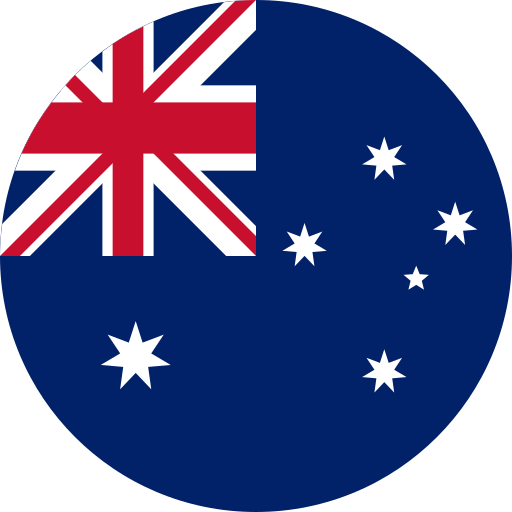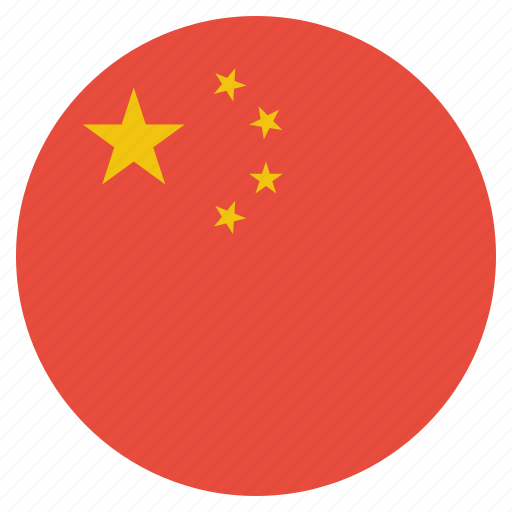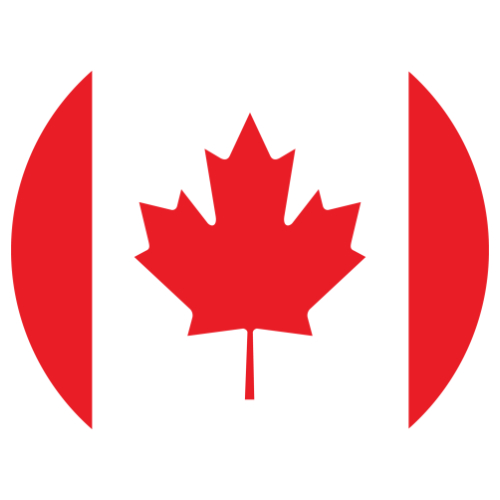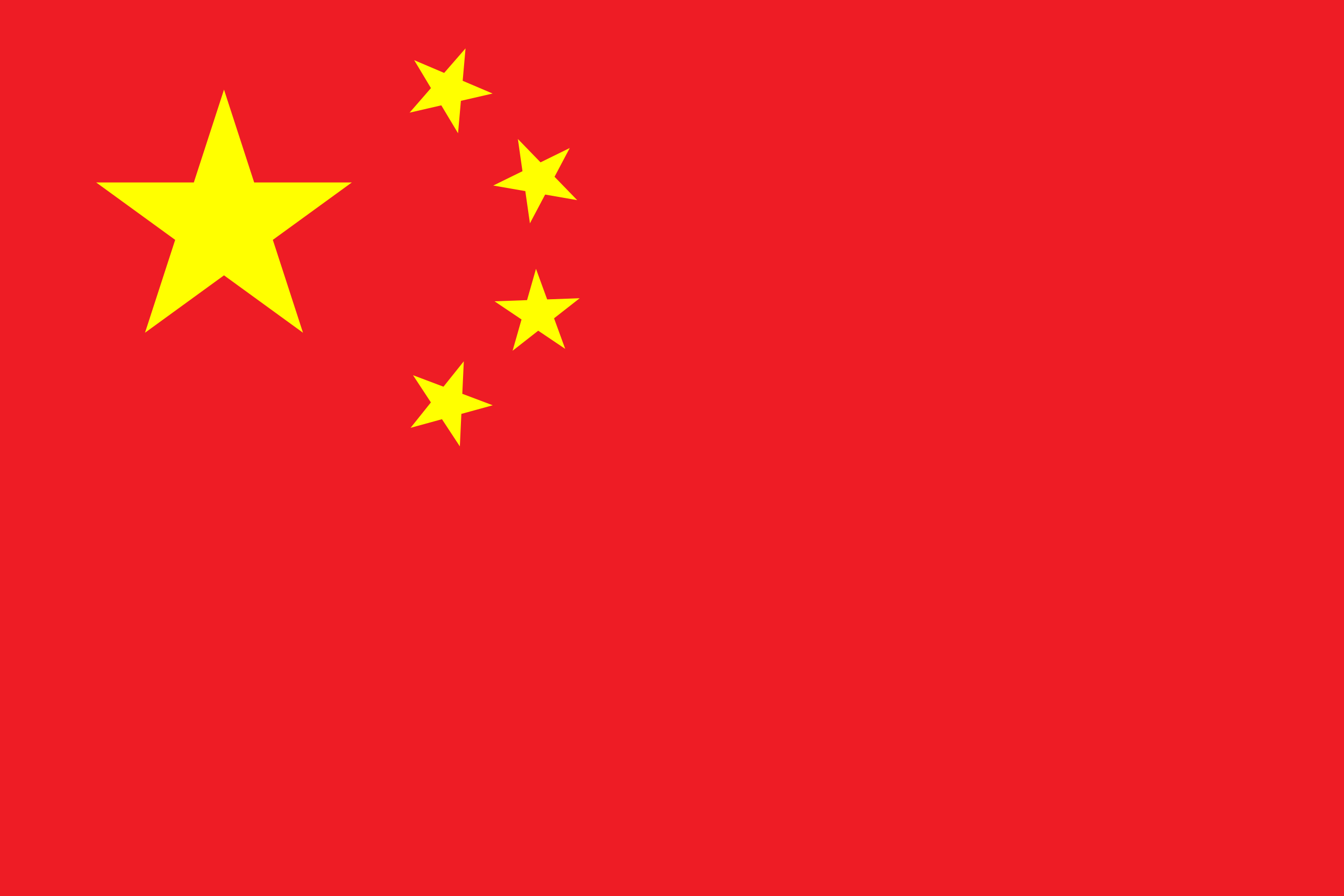ACCOUNTANCY AND AUDITING Paper 2, 2004
ACCOUNTANCY AND AUDITING Paper 2, 2004
Scholarship Description:
ACCOUNTANCY AND AUDITING Paper 2, 2004 is open for . The scholarship allows level program(s) in the field of taught at . The deadline of the scholarship is .
NOTE: (i) Attempt FIVE questions in all. Including question No. 9 which is compulsory.
(II) Select at least ONE QUESTION from each of the PART A,B,C and D. All questions carry equal marks.
PART – A (COST ACCOUNTING)
1. Define Cost Accounting. Discuss its objectives and distinguish it from financial accounting.
2. The following data relate to the Shirley Company:
----------------------------------------Inventories
-----------------------------------ENDING…… BEGINNING
Finished goods ………………………………… 95,000……….. 10,000
Work in process…………………………….…. 80,000……….. 70,000
Direct material………………………….……… 95,000………... 90,000
Costs incurred during the period:
Costs of goods available for sale…….……X………........684,000
Total manufacturing costs…………….……..X…….....…..584,000
Factory overhead………………………….……..X…….....…..167,000
Direct materials used…………………….……..X……….......193,000
Required: Statement of cost of goods sold, including all beginning and ending inventories.
PART – B (AUDITING)
3. Define Final Audit and explain its merits and demerits.
4. What is an Audit Program? Explain its advantages and limitations.
PART – C (INCOME TAX)
5. (a) Discuss the residential status of the following Taxpayer:
(i) Individual
(ii) Company
(iii) Association of person
(b) List down the constituents of Income Tax Law in Pakistan.
6. From the following data, calculate income tax payable by Mr. Fahad for the tax year ending 30th June, 2003.
- Basic salary……….……….……….……….……….……….……….……….……….….….15,0 00
- Bonus……….……….……….……….……….……….……….……….……….……….……..1 0,000
- Senior post allowance……….……….……….……….……….……….……….………..2,000
- House rent allowance……….……….……….……….……….……….……….….....… 1,25,000
- Medical allowance (Actual Expenditure incurred Rs. 3000) ……….….….4,000
- Entertainment allowance (Actual Expenditure incurred Rs. 3000) …….6,000
- Gas and electricity allowance……….……….……….……….……….……….………18,000
- Leave encashment……….……….……….……….……….……….……….……….…….2,500
- Special pay……….……….……….……….……….……….……….……….……….….…. 2000
- Orderly allowance……….……….……….……….……….……….……….………..…….5,000
- Income as non professional writer……….……….……….……….……….…..…..4,500
- Special allowance……….……….……….……….……….……….……….………..…….8,000
- Donation to bait-ul-Mal……….……….……….……….……….……….……….……..2,000
- Zakat paid……….……….……….……….……….……….……….……….……….……….3,000
PART – D (BUSINES ORGAZIATION AND FINANCE)
7. (a) Describe registration of partnership. What are the consequences of non-registration?
(b) Enumerate rights, duties and liabilities of partners.
8. (a) Define business finance and discuss the advantages and disadvantages of debt financing.
(b) What is a capital market? Explain in detail.
COMPULSORY QUESTION
9. Write only the correct answer in the Answer Book. Do not reproduce the questions.
(1) The heat treatment department at Noori Pipe is the third department in a sequential process. The work in process account for the department would consist of:
(a) Costs transferred in from the prior department
(b) Materials costs added in the heal treatment department
(c) Conversion costs added in the heat treatment department
(d) All of the above
(e) None of these
(2) Jingo Products uses the weighted average method in its process costing system. Last month in the milling department the cost per equivalent unit for conversion cost was Rs. 105. A total of 540 equivalent units of conversions cost were used to compute this unit’s cost. The total conversion cost added during the month was Rs. 54,500. What was the amount of conversion cost in the beginning work in process inventory?
(a) Rs. 0
(b) Rs. 2200
(c) Rs. 4200
(d) Rs. 3000
(e) None of these
(3) Shahzad Corp. uses the FIFO method in its process costing system. The company had Rs. 6000 of material cost in its beginning work in process inventory and the company added Rs. 75,000 in materials cost during the period. The equivalent units of production for materials were 20,000. The unit cost per equivalent unit for material would be:
(a) 3.75
(b) 4.05
(c) 0.30
(d) 3.30
(e) None of these
(4) Costs in the beginning work in process inventory are added to the cost of the current period when making units cost calculations by:
(a) The FIFO cost method
(b) The weighted average cost method
(c) The quantity schedule method
(d) LIFO method
(e) None of these
(5) A chemical process has normal wastage of 10% of input. In a period, 2500 kgs of material were input and there was an abnormal loss of 75 kgs. What quantity of good production was achieved?
(a) 2175 kgs
(b) 2250 kgs
(c) 2325 kgs
(d) 2425 kgs
(e) None of these
(6) Premium on issue of shares can be used for:
(a) Payment of dividends
(b) Writing off preliminary expenses
(c) Paying fees to directors
(d) Redemption of debentures
(e) None of these
(7) ???
(8) Pre incorporation profit is to be credited to:
(a) Capital reserve
(b) Profit and loss account above the line
(c) Profit and loss account below the line
(d) General premium
(e) None of these
(9) The excess of purchase price over the net asset is:
(a) Goodwill
(b) Capital Reserve
(c) Preliminary expenses
(d) Share premium
(e) None of these
(10) Statutory report is necessary in the case of:
(a) All Companies
(b) Public Limited Companies
(c) Foreign Companies
(d) Private Limited Companies
(e) None of these
(11) Dividends are usually paid on:
(a) Called up capital
(b) Paid up Capital
(c) Paid up capital call in advance
(d) Subscribed capital
(e) None of these
(12) Provision for taxation of a previous year was Rs. 100,000 and tax assessed for that year Rs. 80,000. This adjustment for this is:
(a) A credit of Rs. 100,000 below the line
(b) A credit of Rs. 80,000 below the line
(c) A credit of Rs. 20,000 above the line
(d) A credit of Rs. 20,000 below the line
(e) None of these
(13) Amount set apart to meet losses due to bad debt is a:
(a) Provision
(b) Reserve
(c) Liability
(d) Contingent liability
(e) None of these
(14) Advance Payment of tax is in the nature of:
(a) Asset
(b) Revenue expense
(c) Liability
(d) Prepaid expense
(e) None of these
(15) Values that express preferred behavior and the means by which one achieves his/her goals are known as:
(a) Terminal values
(b) Dominant values
(c) Instrumental values
(d) Affective values
(e) None of these
(16) Evaluate positive or negative-concerning people, objects, or events are called:
(a) Perceptions
(b) Attitudes
(c) Beliefs
(d) Values
(e) None of these
(17) The auditor is required to report that Financial Statement are:
(a) True & Correct
(b) True & Fair
(c) Complete & Correct
(d) Covering all required records
(e) None of these
(18) The auditors is required to report that Financial Statement are:
(a) Creditors
(b) Debtors
(c) Share holders
(d) Directors
(e) None of these
(19) Interim audit is conducted for examining the account for:
(a) Full one year
(b) Next one year
(c) Previous one year
(d) For a part of current year
(e) None of these
(20) Payment should be made preferably through
(a) Cross cheque
(b) Bank Draft
(c) Pay order
(d) Cash basis
(e) None of these
Degree Level:
ACCOUNTANCY AND AUDITING Paper 2, 2004 is available to undertake level programs at .
Available Subjects:
Following subject are available to study under this scholarship program.
Achievement Scholarships for International Undergraduate Students: Engineering and Information Technology, University of Technology Sydney



